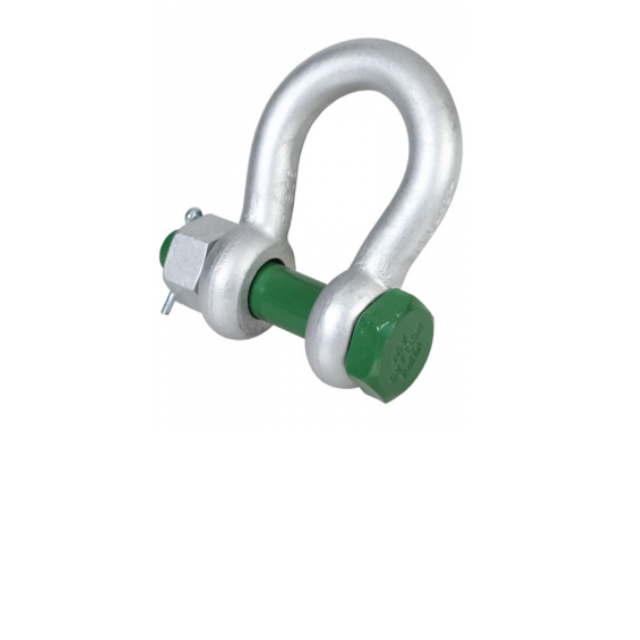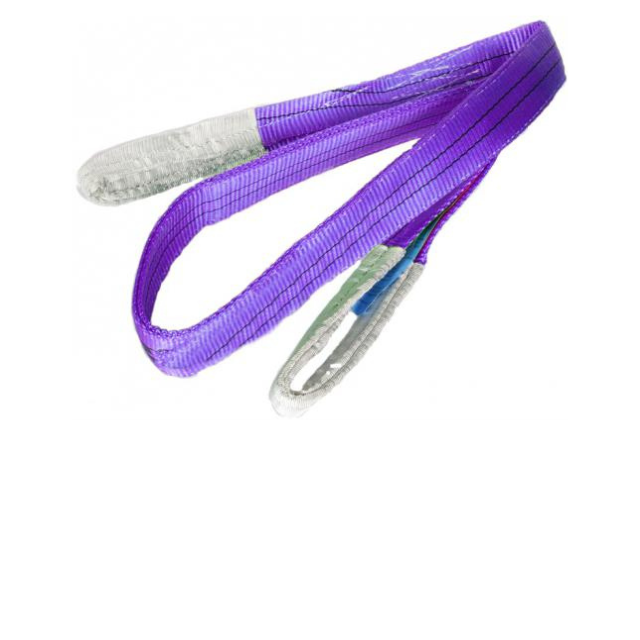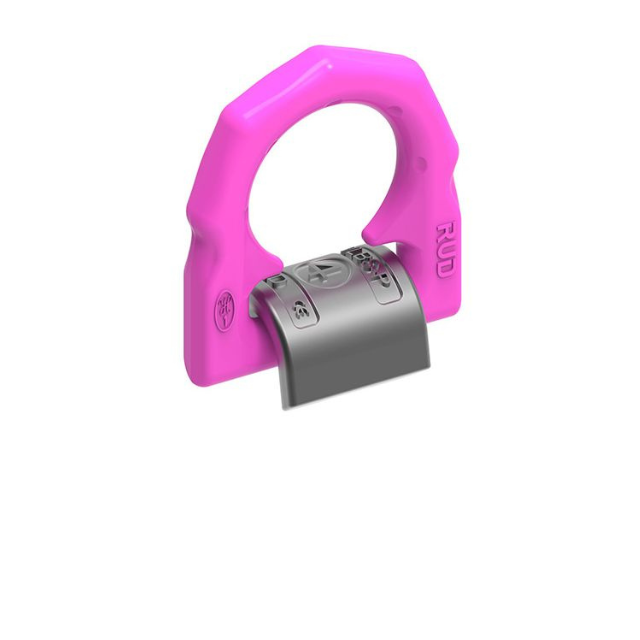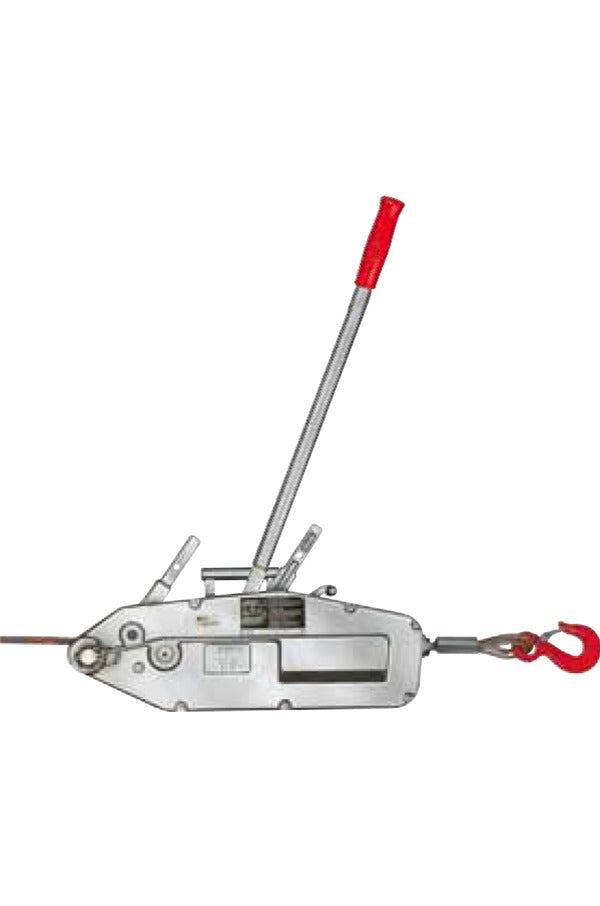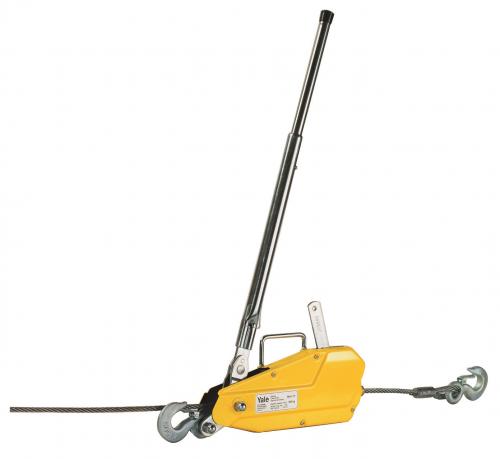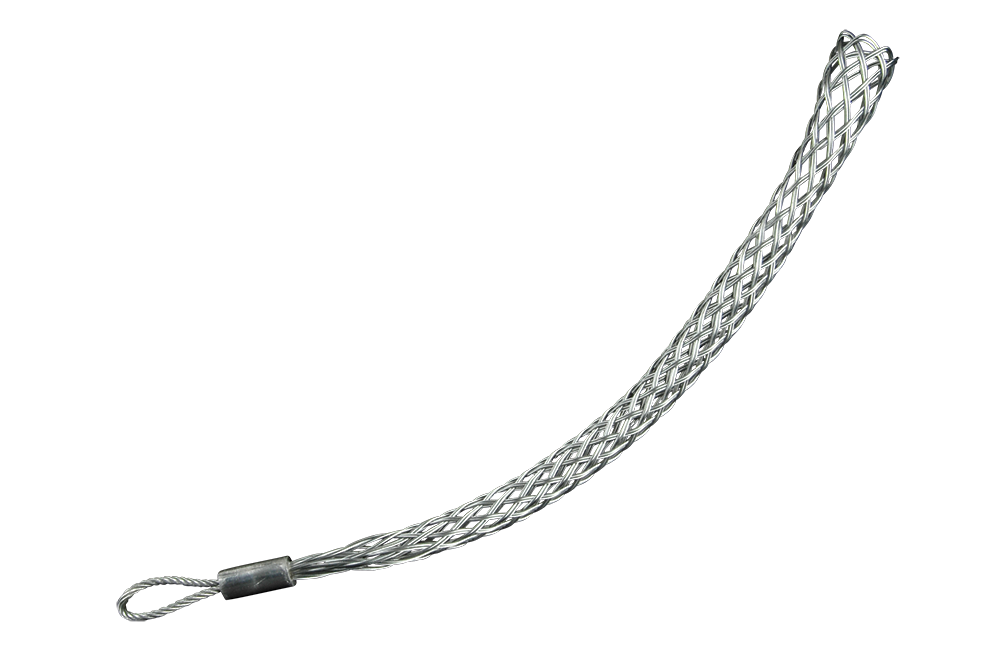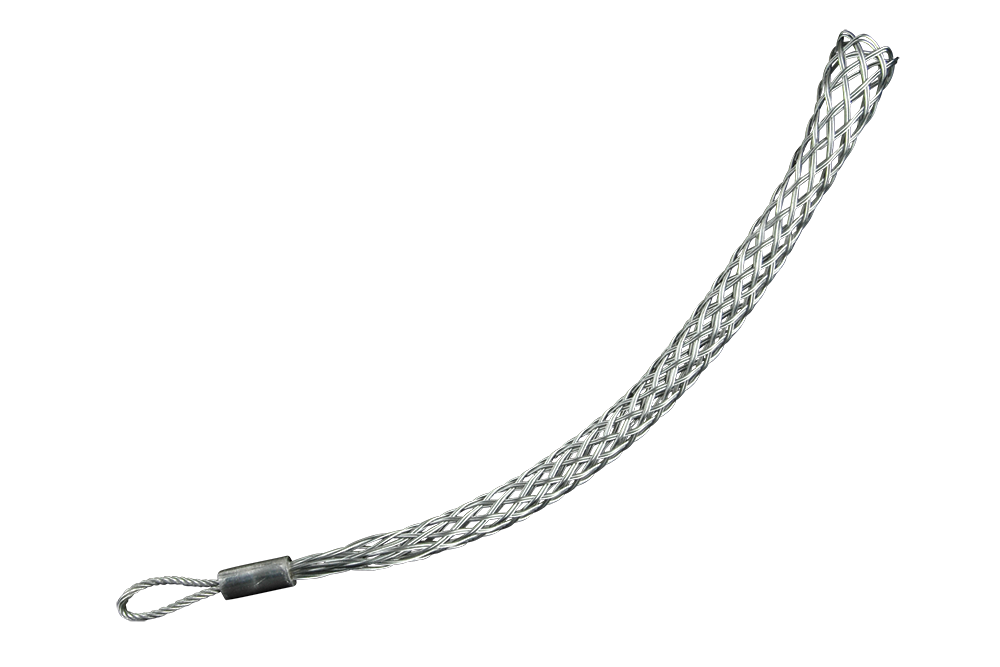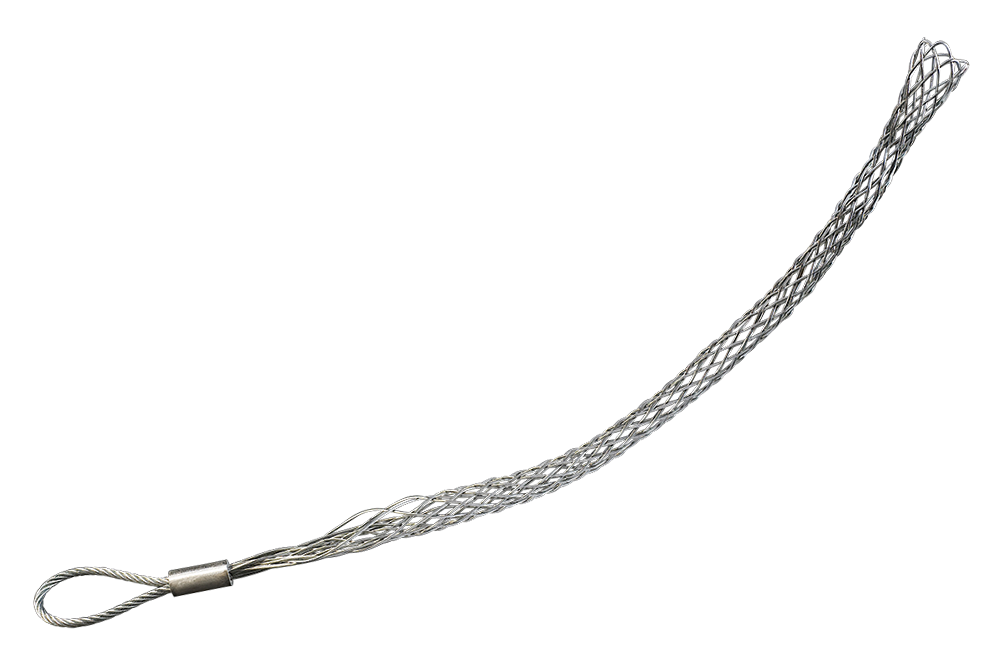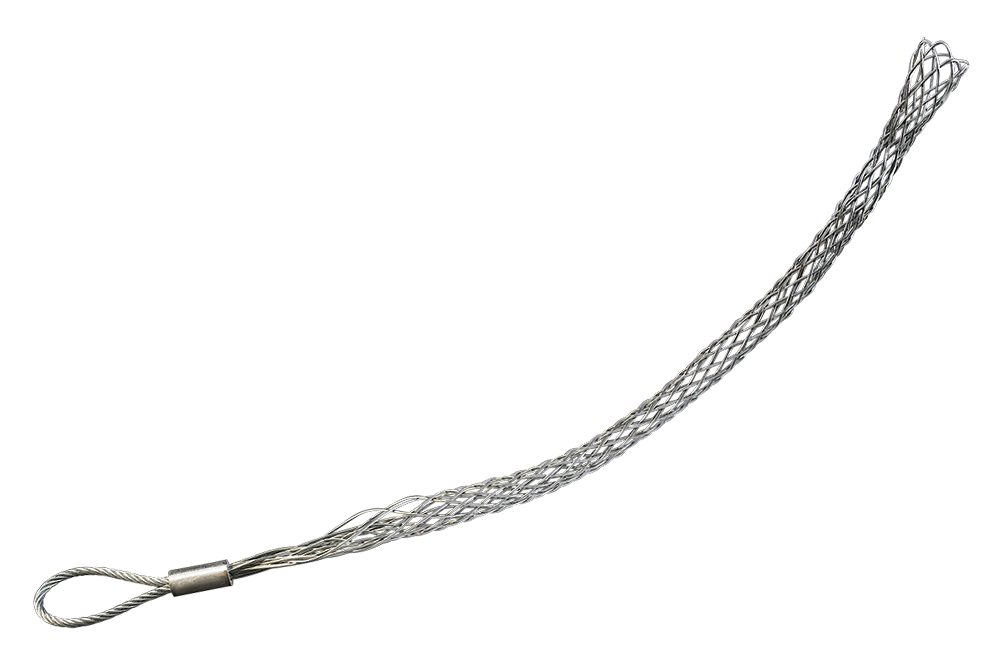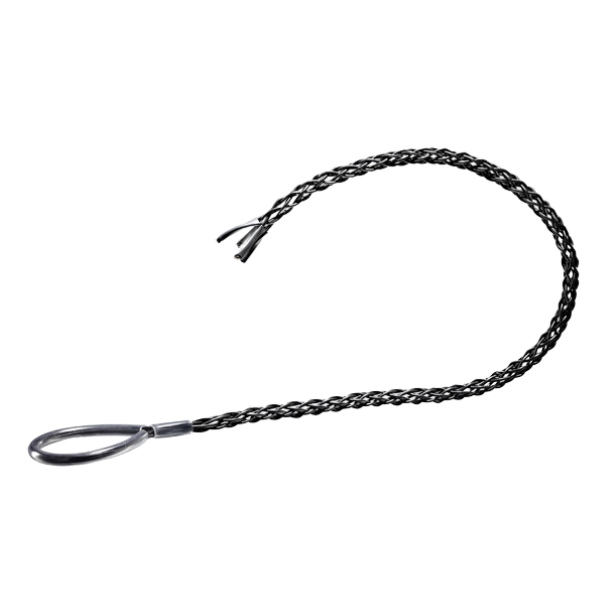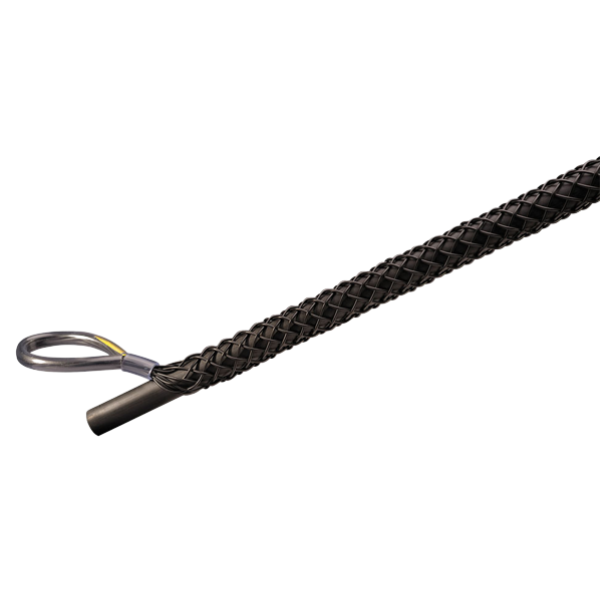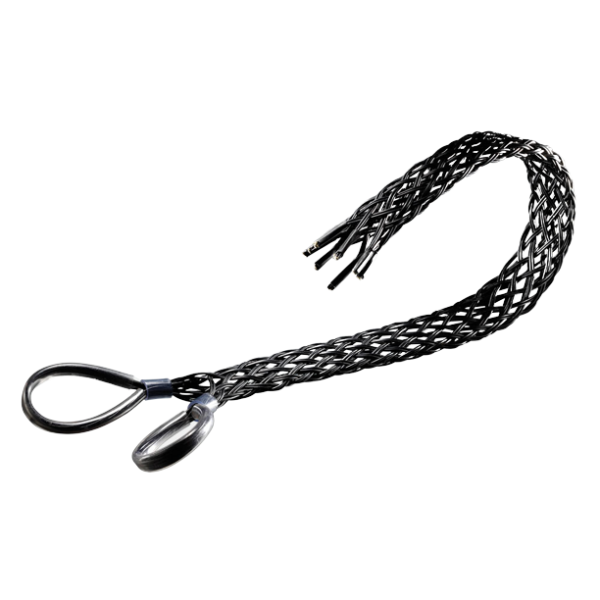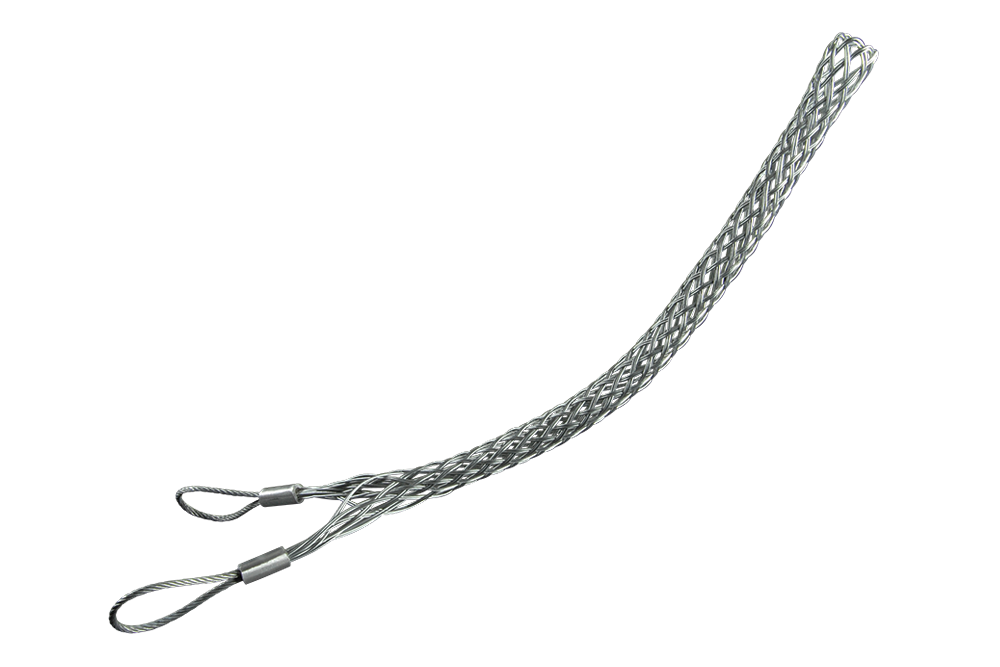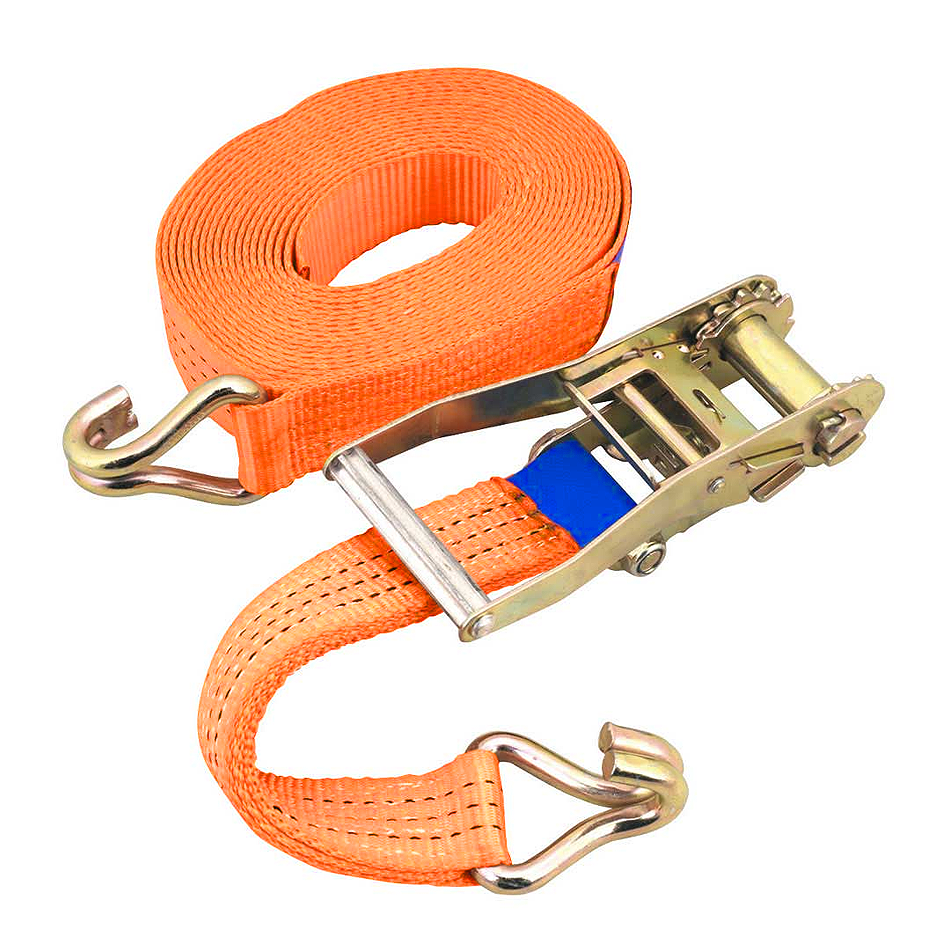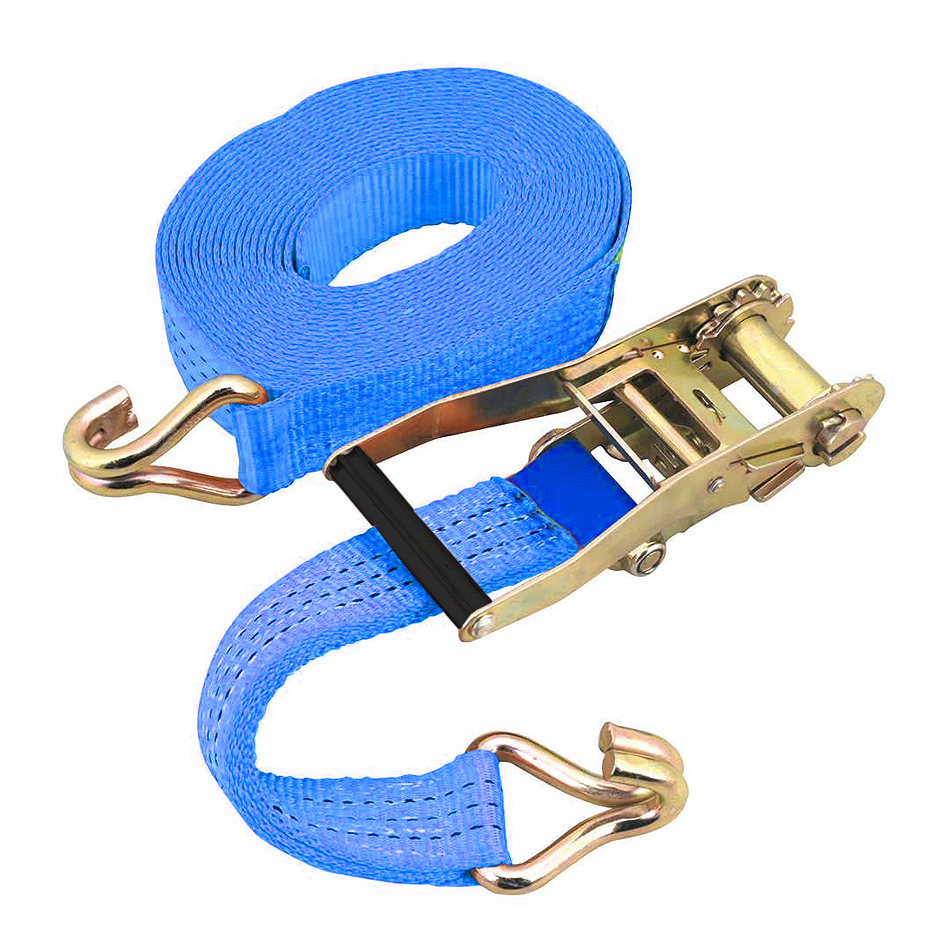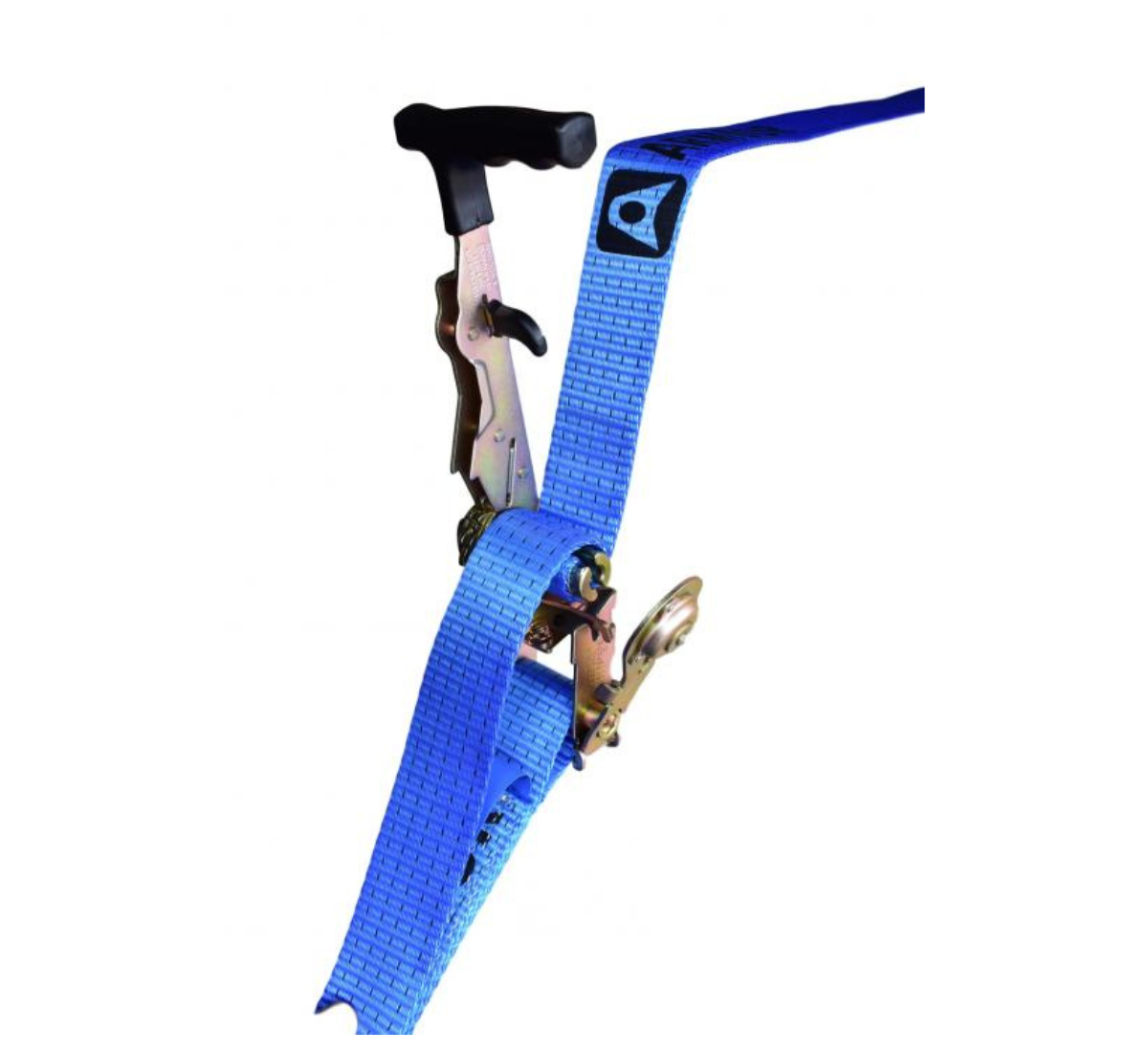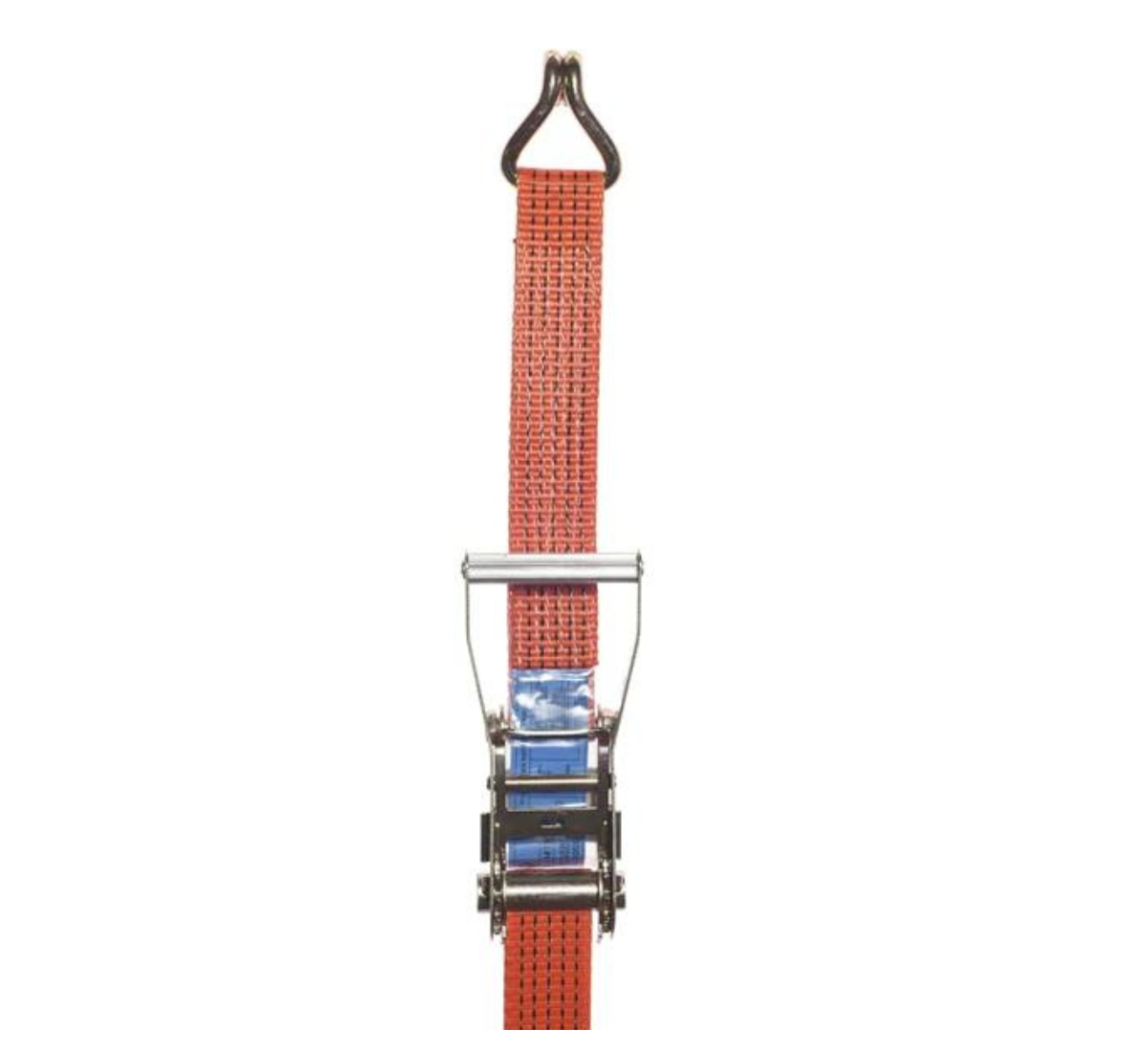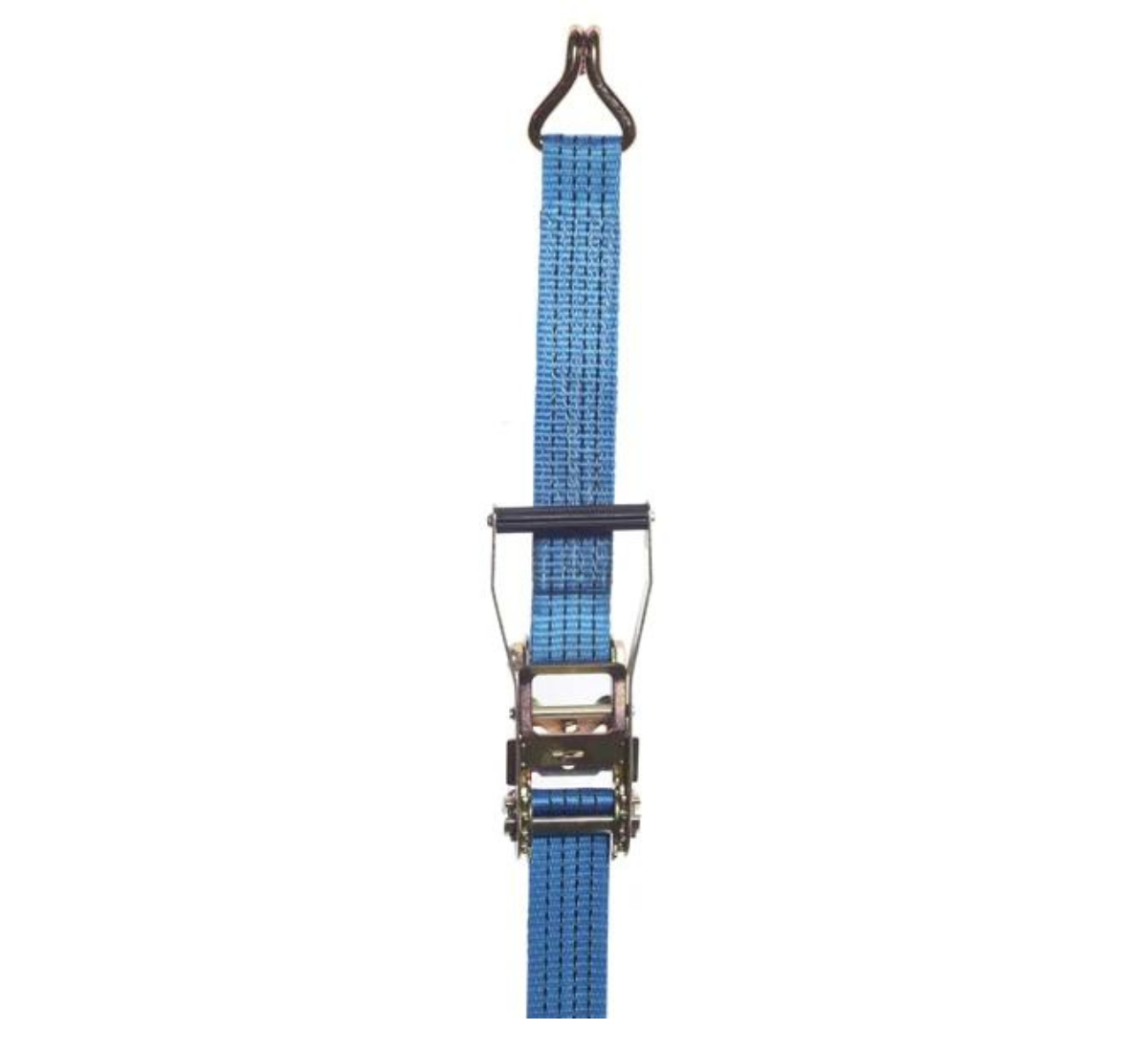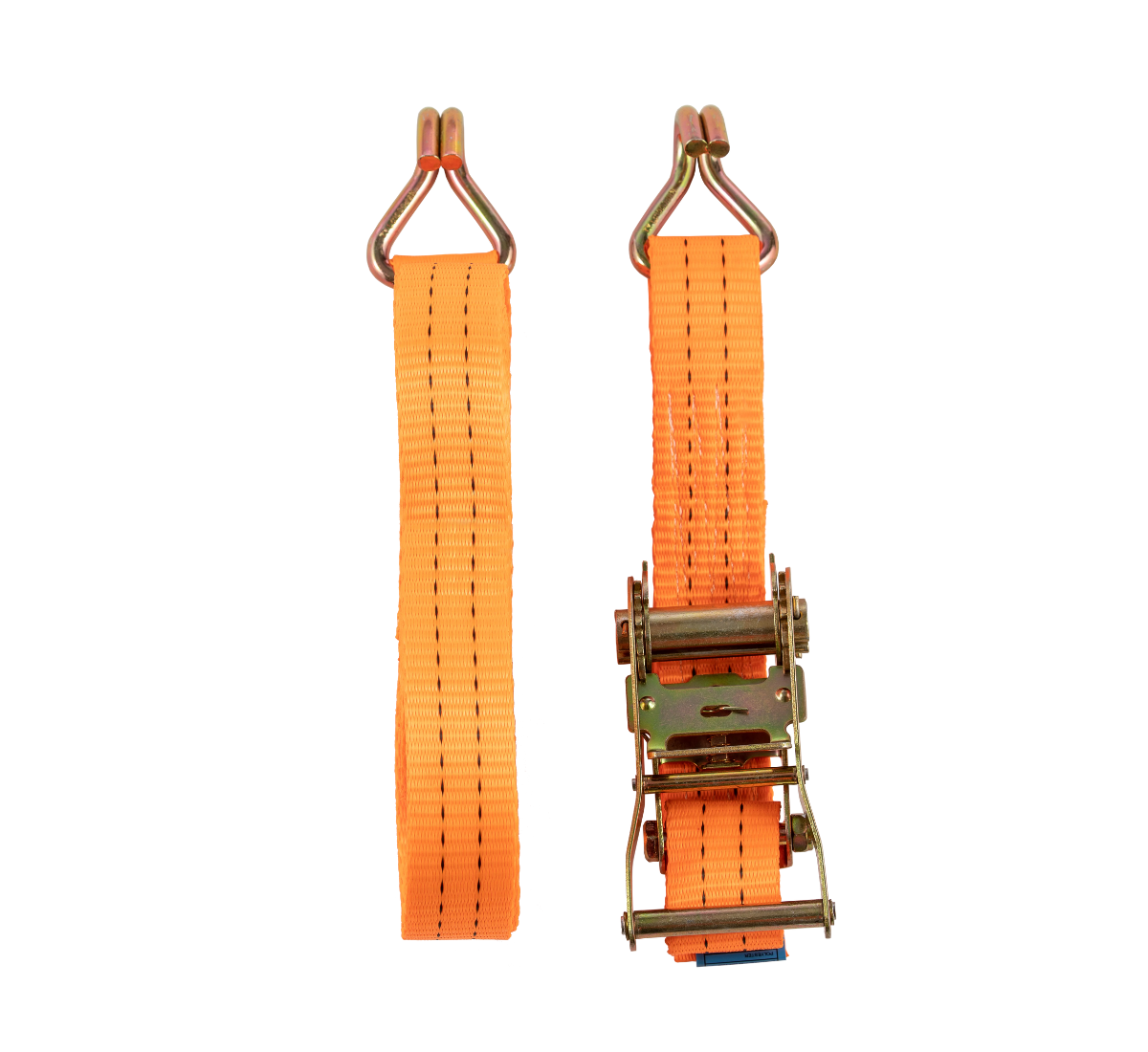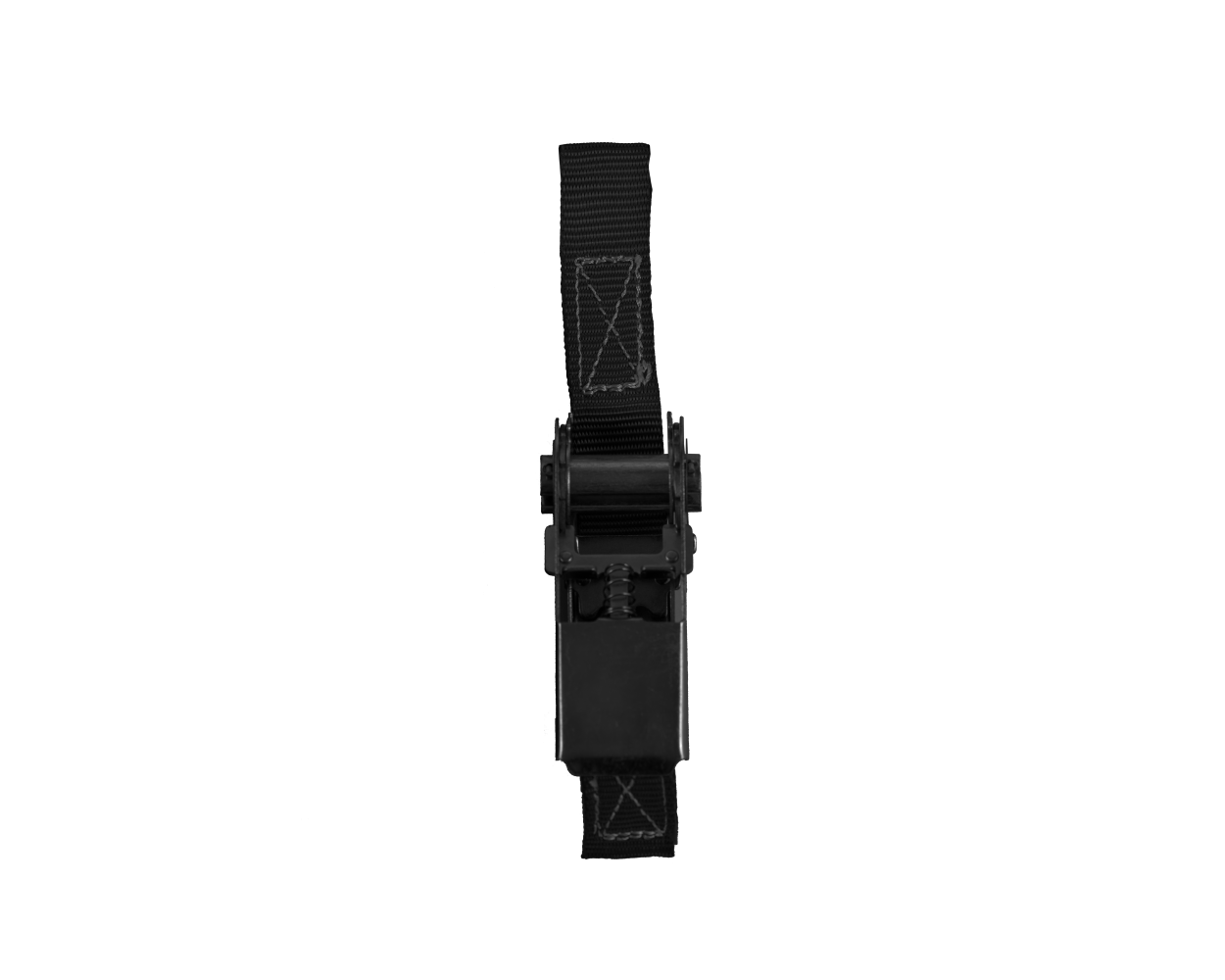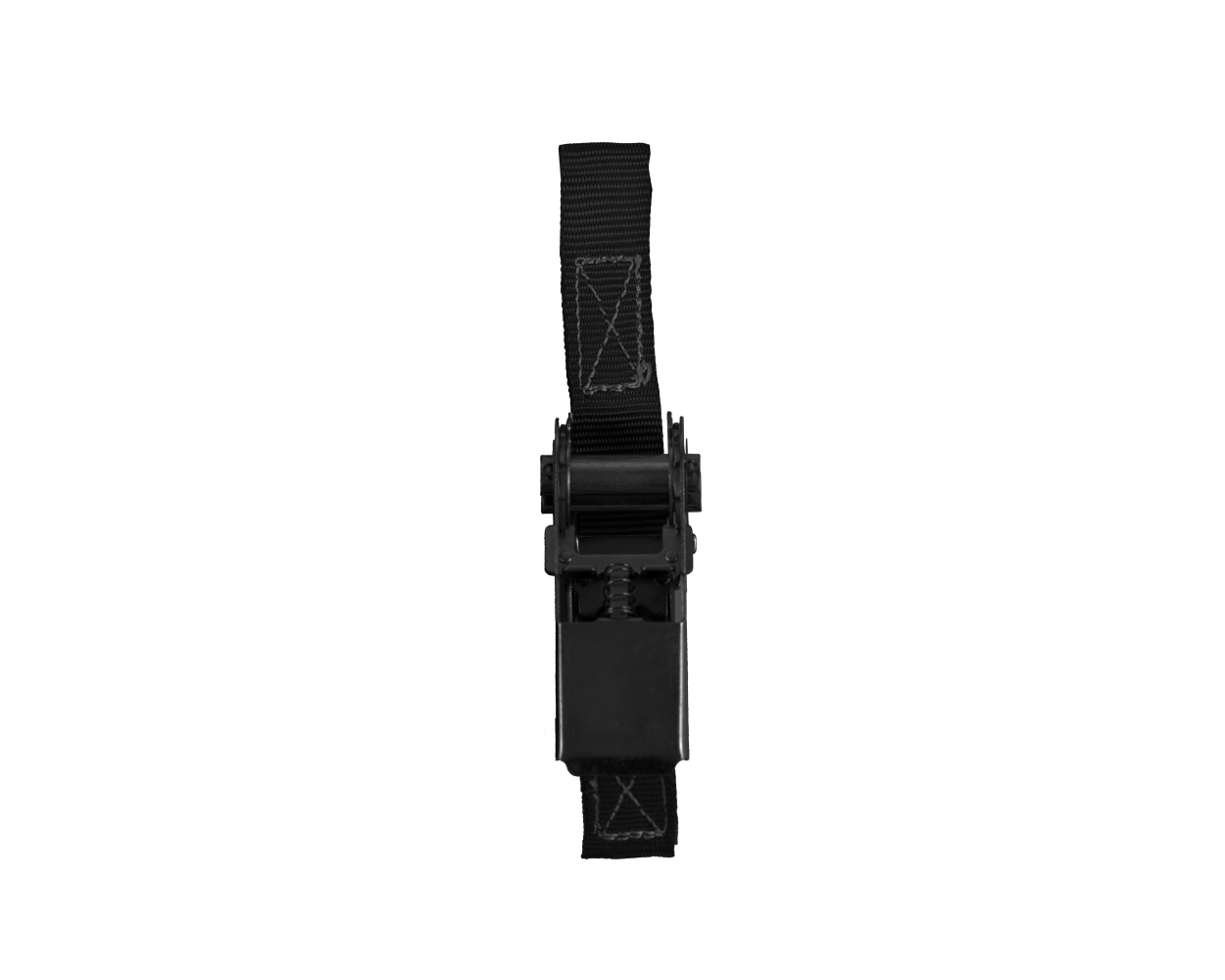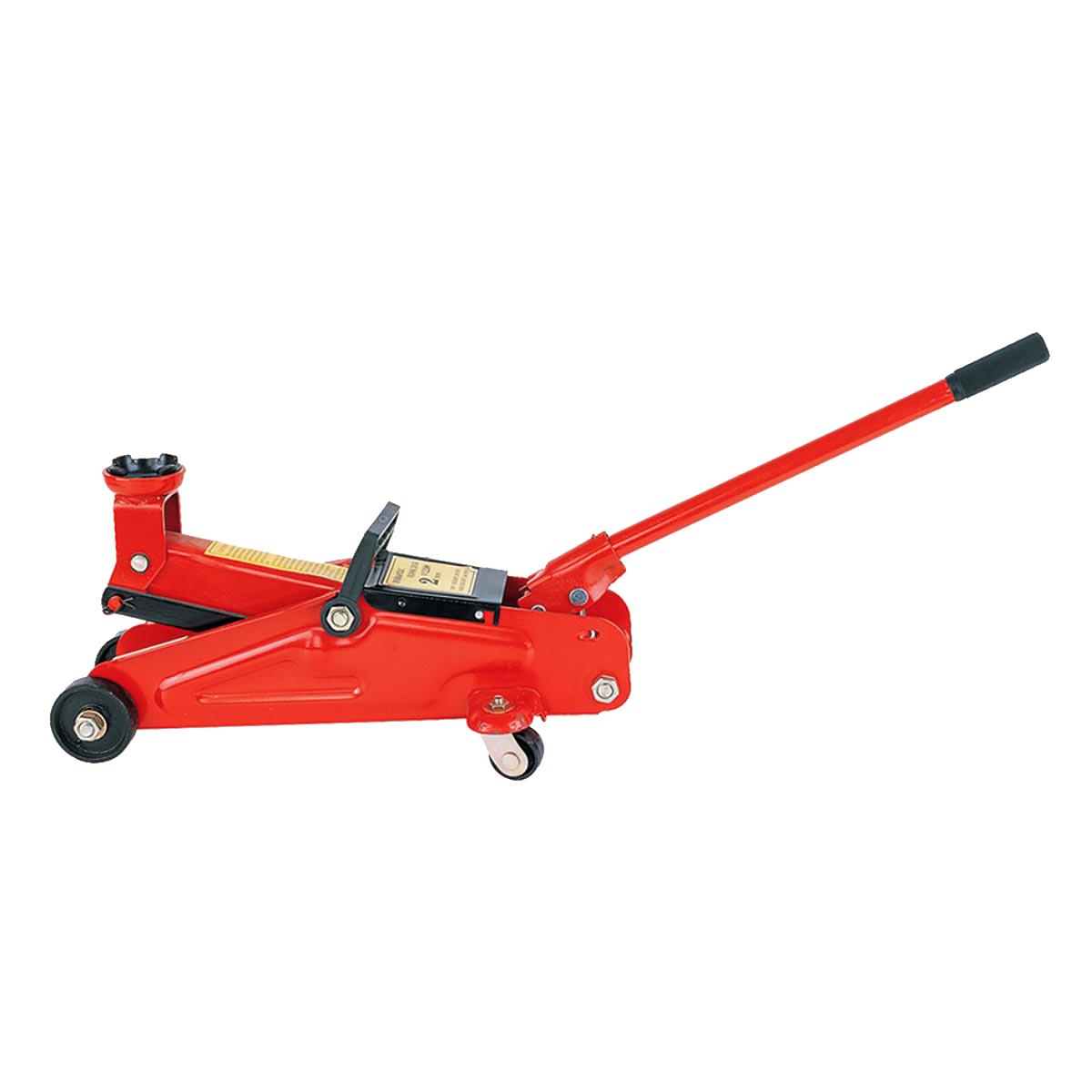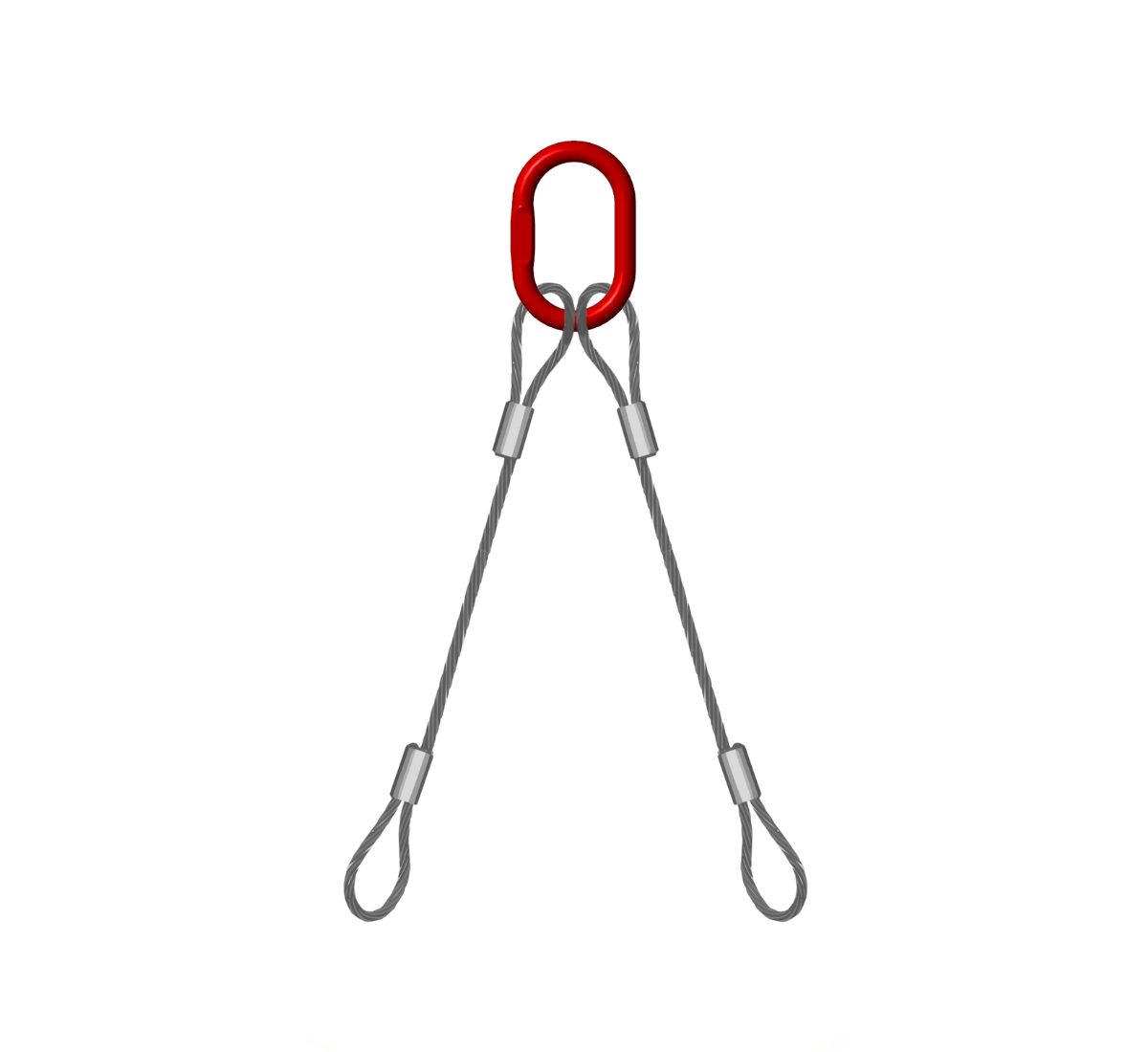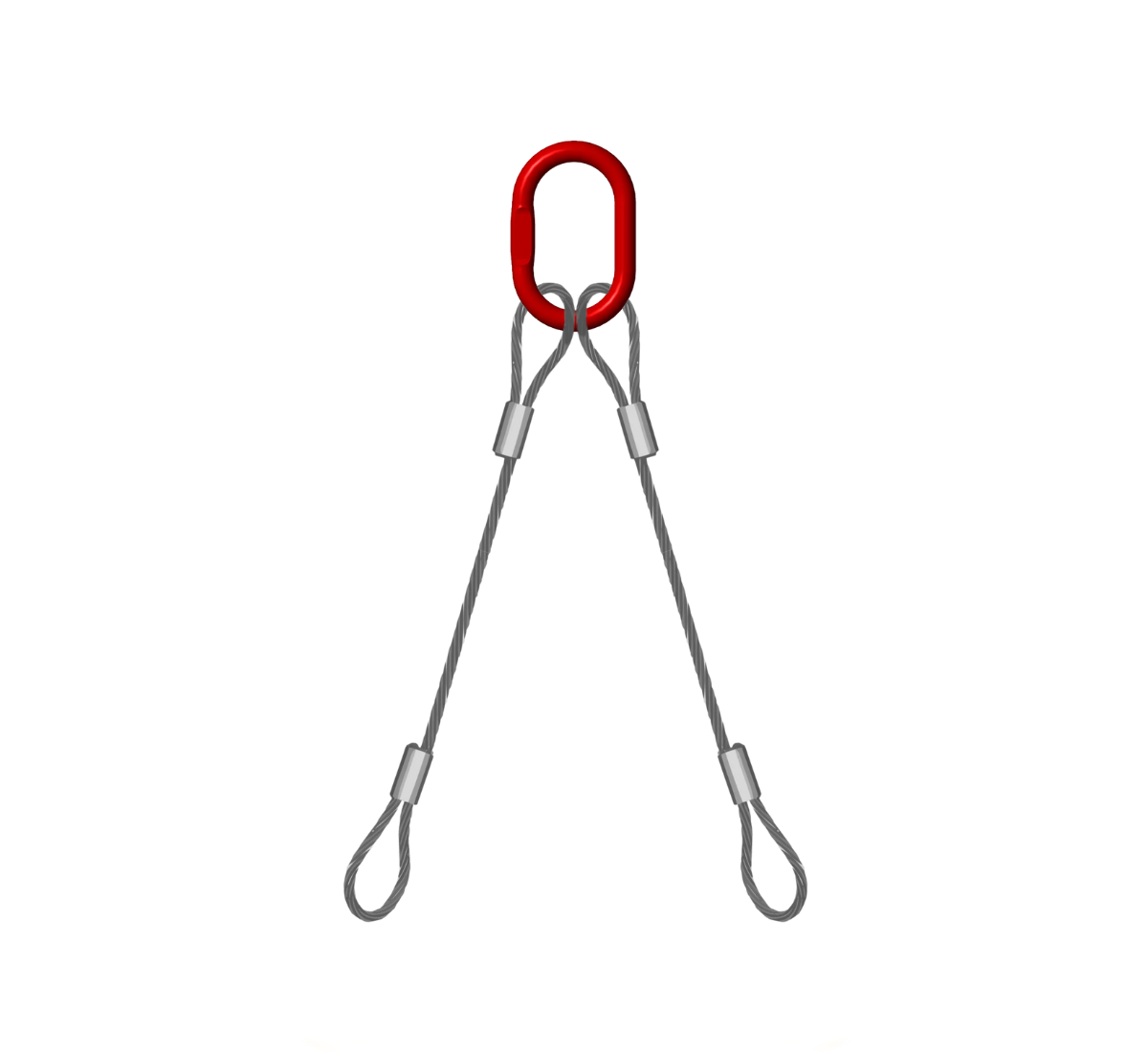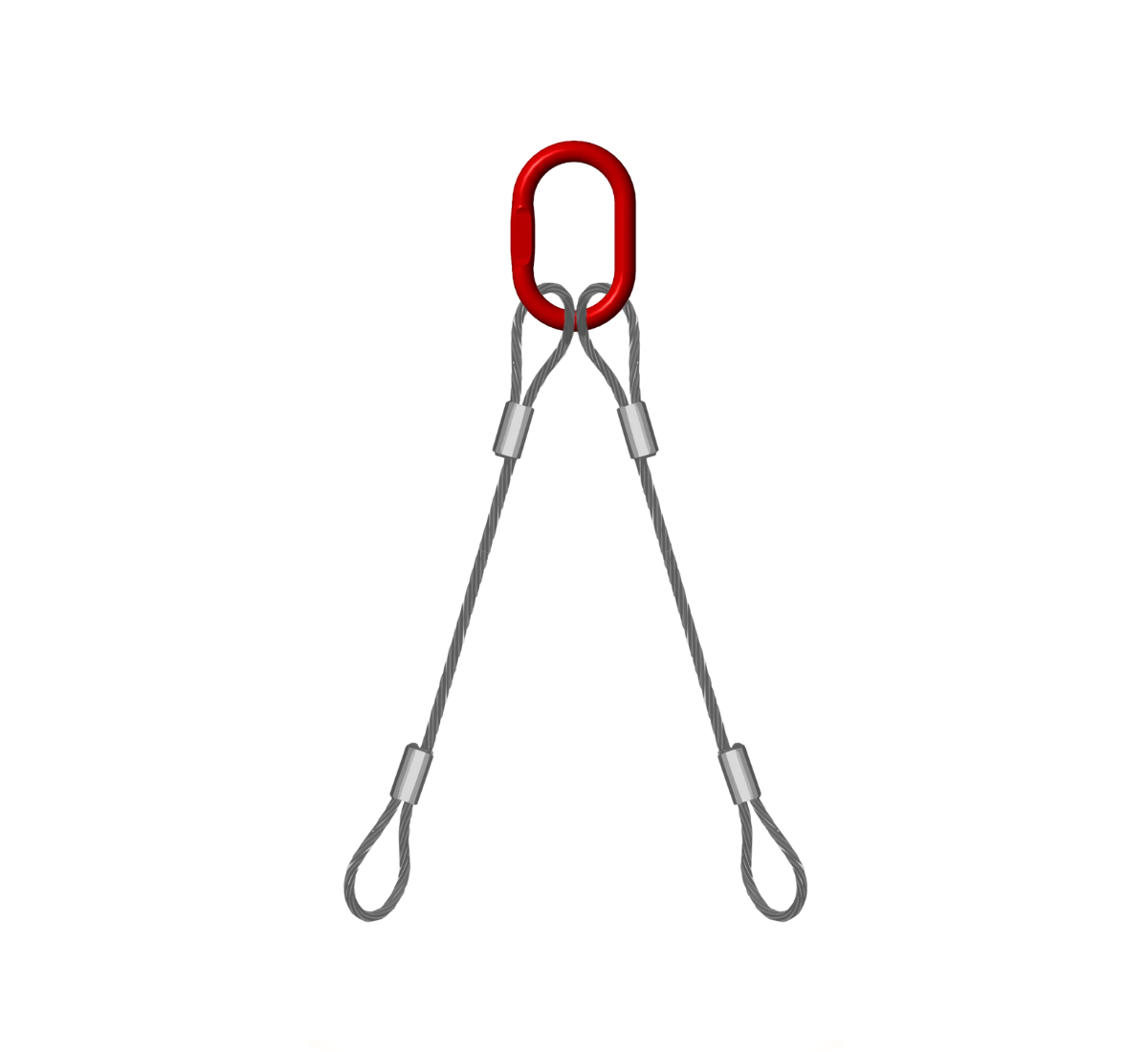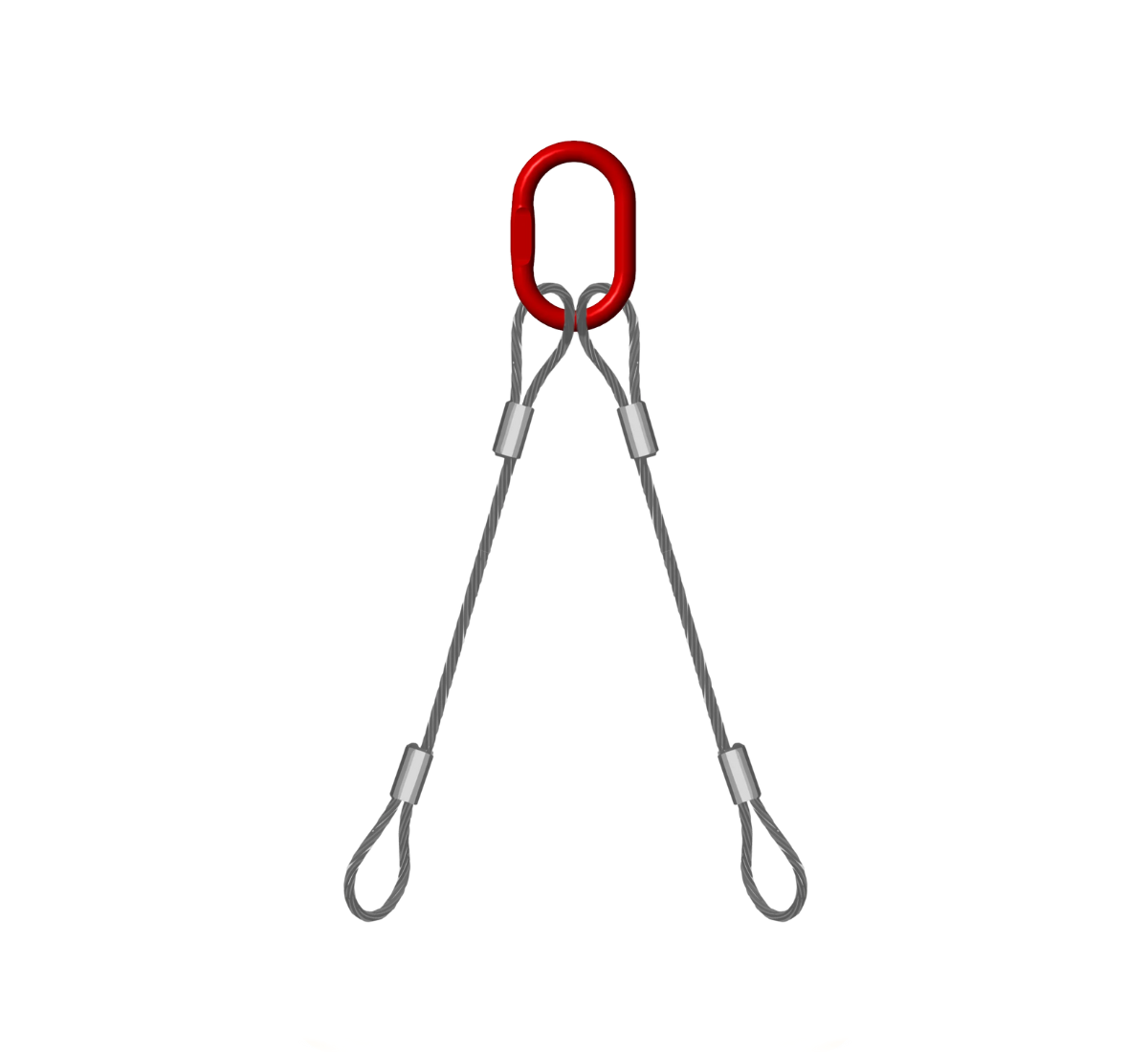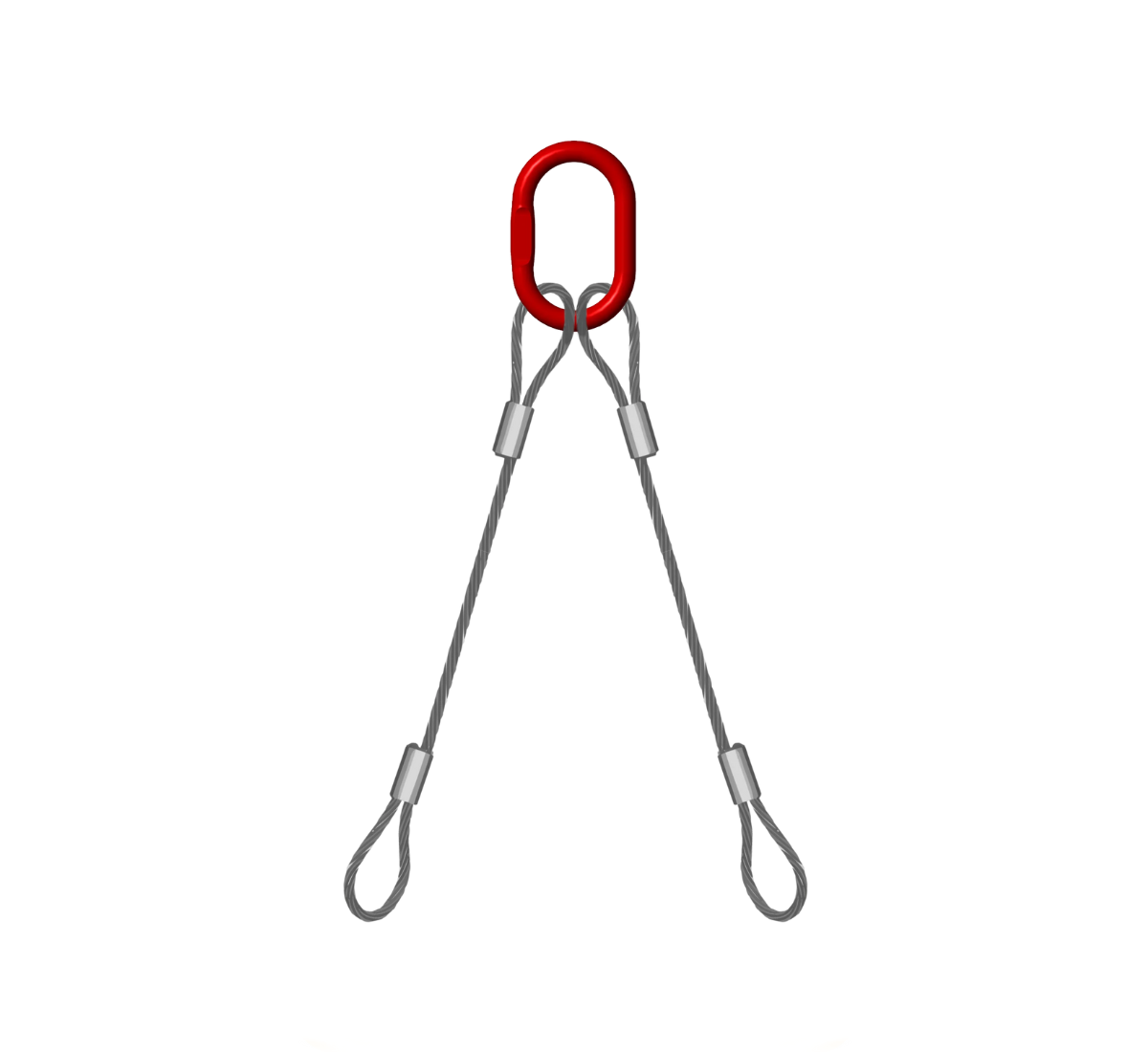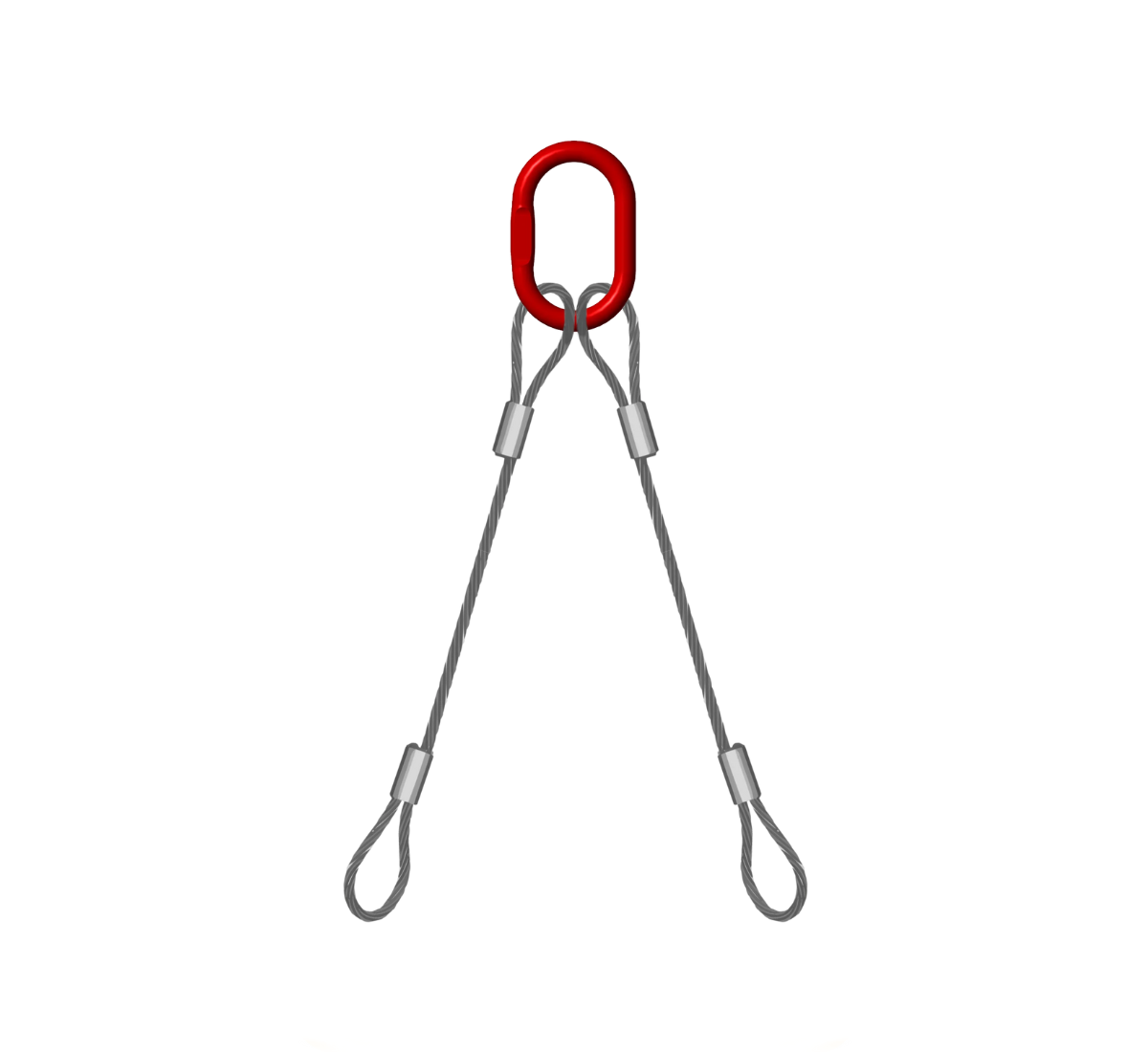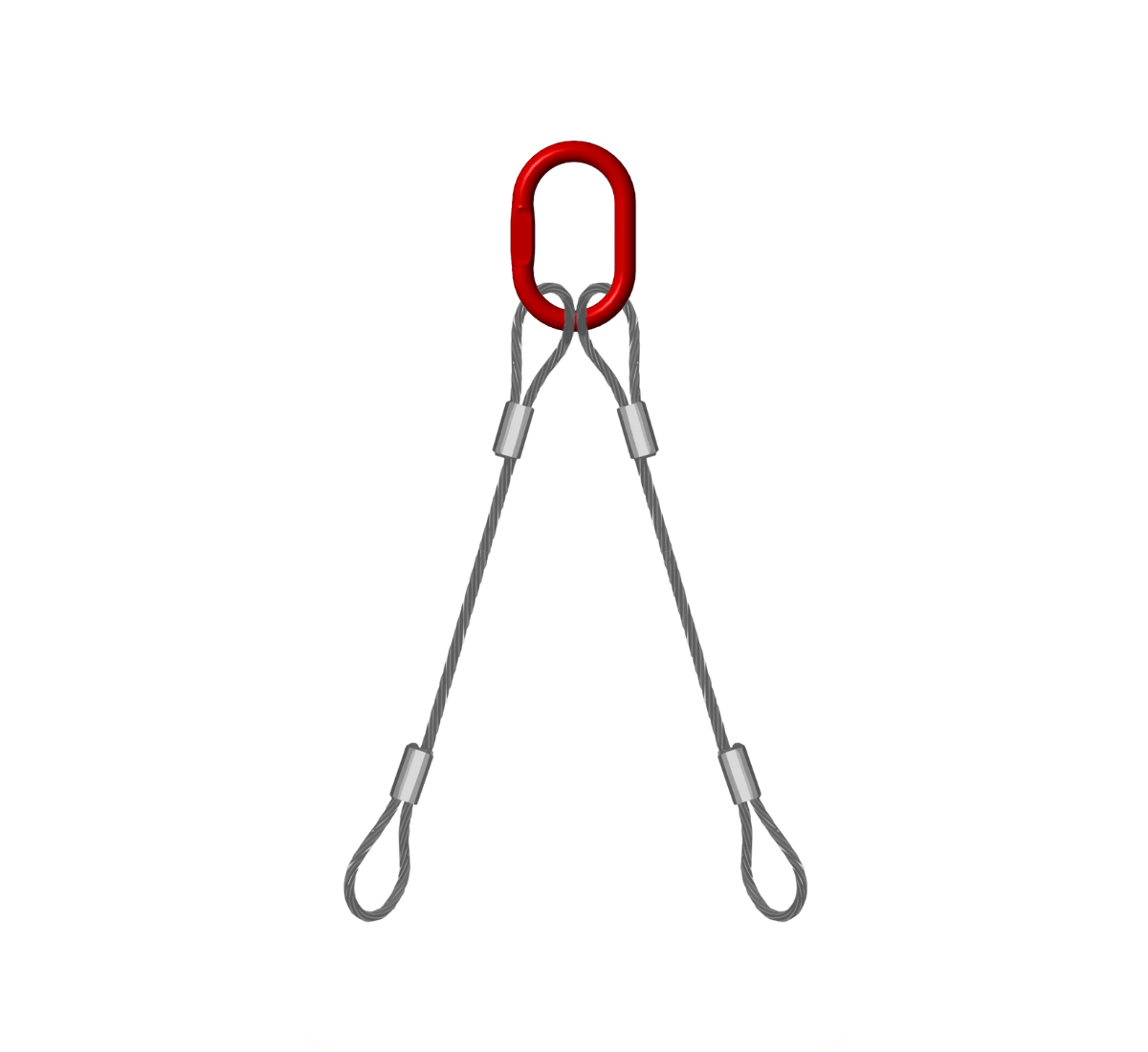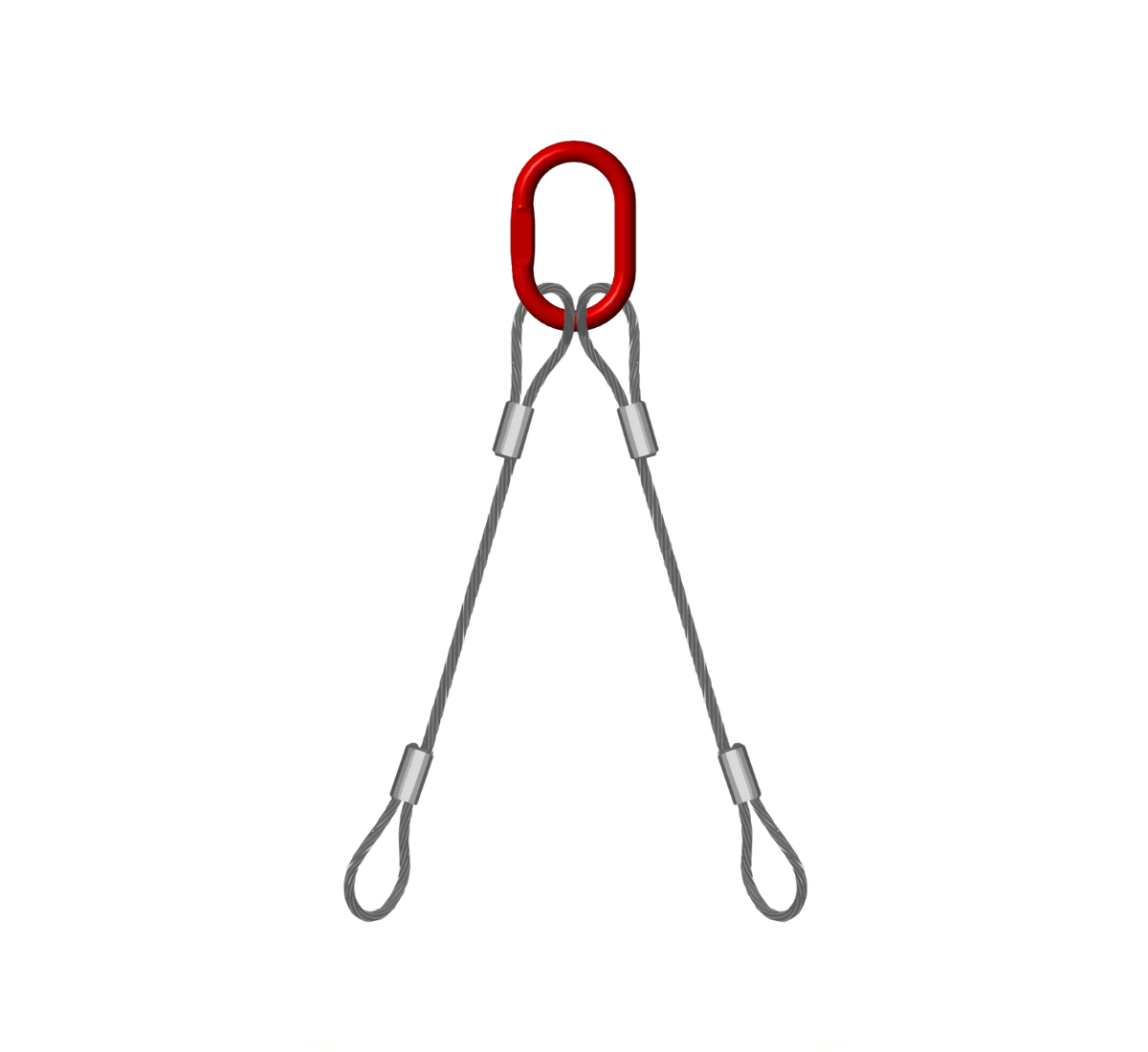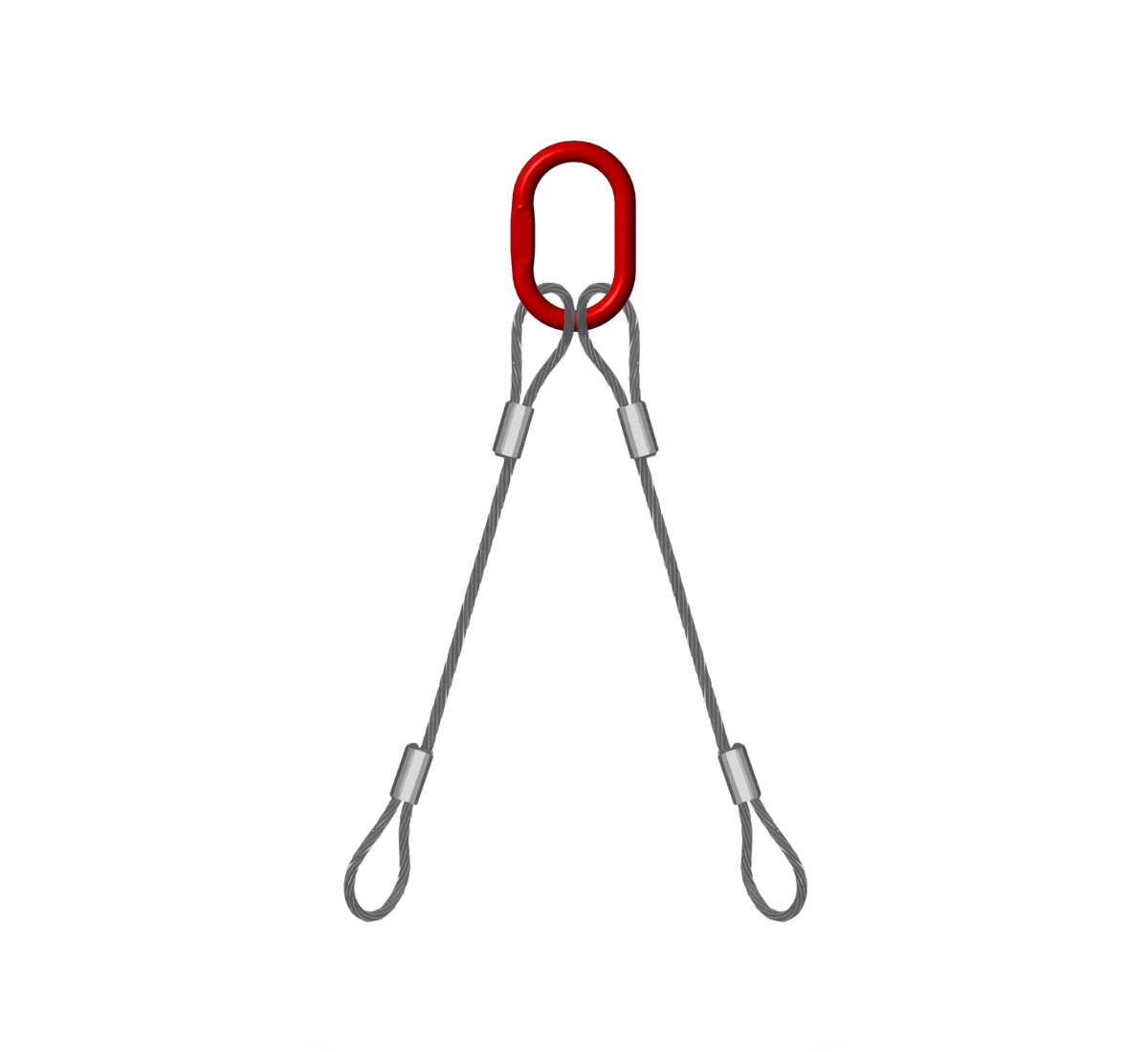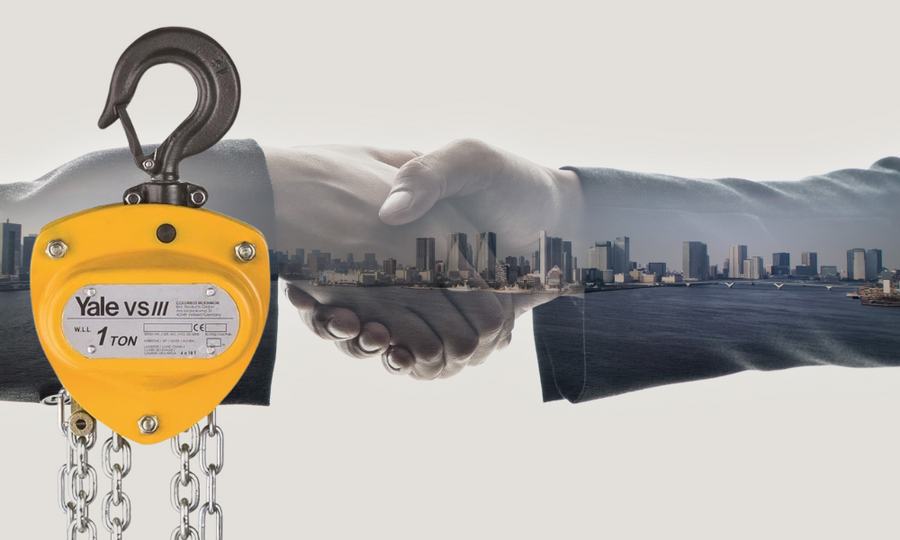4x4 Recovery
Whether traversing a muddy trail, navigating rocky terrain, or cross deep water, as an off-roader, you must be prepared to encounter any possible recovery situation to avoid both vehicle and personnel damage.

Embarking on an off-road adventure is an exhilarating thought, but it comes with its share of challenges, and careful planning is seen as vital if you’re to get optimal fun from your trip. Let’s face it, getting stuck in the mud, sand, or uneven terrain isn’t many people’s idea of fun.
Whether traversing a muddy trail, navigating rocky terrain, or cross deep water, as an off-roader, you must be prepared to encounter any possible recovery situation to avoid both vehicle and personnel damage.
What is 4x4 Recovery?
In short, 4x4 Recovery is the process of extracting an immobilised vehicle – car, van, lorry, ATV, motorbike – from challenging terrain using specialist equipment and techniques, and playing a huge role in this sector is ‘lifting equipment.’
The term ‘lifting equipment’ can be seen as quite vague, therefore, here we’re going to discuss what types of equipment are typically used in recovery scenarios, followed by common examples of where off-roaders have often come unstuck.
Common Recovery Situations
Mud & Sand:
In muddy or sandy terrain, 4x4 vehicles are prone to becoming bogged down, with wheels losing traction and sinking into the soft ground.
Rock & Rubble:
When navigating through rocky terrain, or climbing over obstacles, vehicles can become high-centred and lose balance, as well as becoming lodged between rocks.
Snow & Ice:
When driving through thick snow or slippery ice, vehicles can easily lose traction and slip and slide across the ground, causing potential toppling and crashes.
Water:
Crossing deep water can pose significant challenges, with severe risks of hydrolocking, aquaplaning, and simply getting stuck on submerged obstacles.
Typical Equipment Used in 4x4 Recovery
Winches:
Both manual and electric winches are highly powerful tools in motor recovery scenarios. Using a motor-driven cable or synthetic rope, these unit pull vehicles easily out of difficult situations.
Commonly mounted on the front/rear of a 4x4 vehicle, winches have the capacity to exert tremendous pulling force for times when traditional other methods are impractical.
Winches are often used alongside other pieces of lifting equipment to provide additional pulling power or to reach optimal stability during recovery operations.
High-Lift Jacks:
A variety of jacks are useful tools in recovery situations – from high-lift jacks, forklift jacks, toe-jacks, bottle jacks, and trolley jacks. Boasting a long-reaching design and heavy lifting capacity, jacks can be deployed to lift vehicles from uneven terrain, allowing for the placement of recovery tracks or clearance for winch operations.
Recovery Straps & Ropes:
Recovery straps and tow ropes should be an essential part of every recovery kit. Typically manufactured from high-strength, heavy-duty nylon or polyester, they are designed to withstand high tension forces.
Recovery Tracks:
Known as traction mats/boards, this type of equipment is portable and used to provide traction and stability for immobilised vehicles. Typically engineered from materials such as high-density polyethylene, they feature a rugged tread pattern that grips to tyres and allows vehicles to climb out of mud, sand, or snow with relative ease.
4x4 recovery collections
WHAT ARE RECOVERY TECHNIQUES?
Depending on the situation and terrain, a range of different recovery techniques maybe more appropriate for your situation. The most common recovery techniques include:
Self-Recovery: For situations where your vehicle is only lightly stuck and there is plenty of solid ground nearby. Utilising traction aids such as recovery tracks or manually digging out around your tyres may well be enough.
Kinetic Recovery: Also known as ‘snatch’ or ‘dynamic ’recovery, this technique involves using the momentum of another vehicle to pull the immobilised vehicle free from trouble. Remember, this require utmost caution and proper equipment, such as ropes, to avoid injury or damage.
Winching: This is often the safest and most controlled method of vehicle recovery, particularly when the terrain poses its own challenges. Use a winch attached to a secure anchor point to pull the vehicle gradually from its current predicament.

